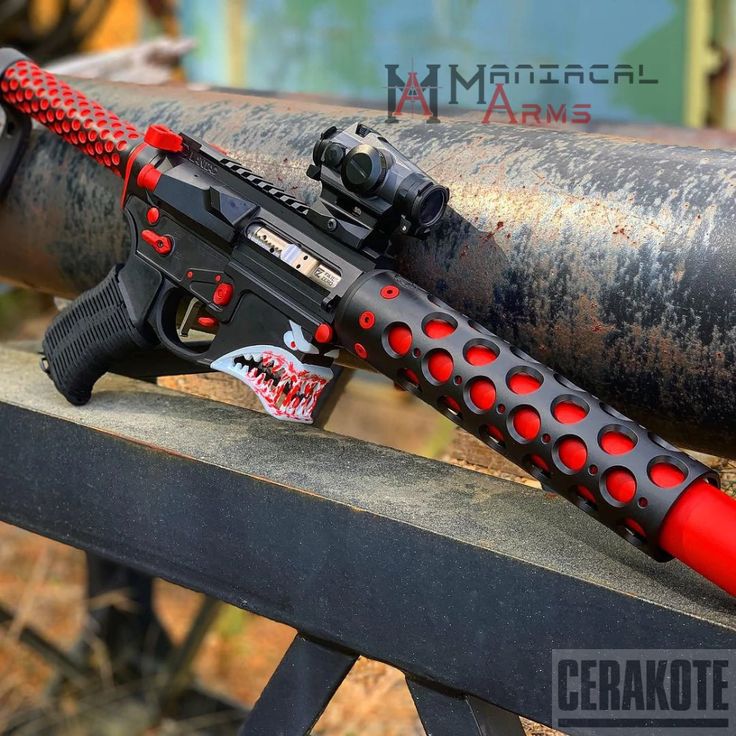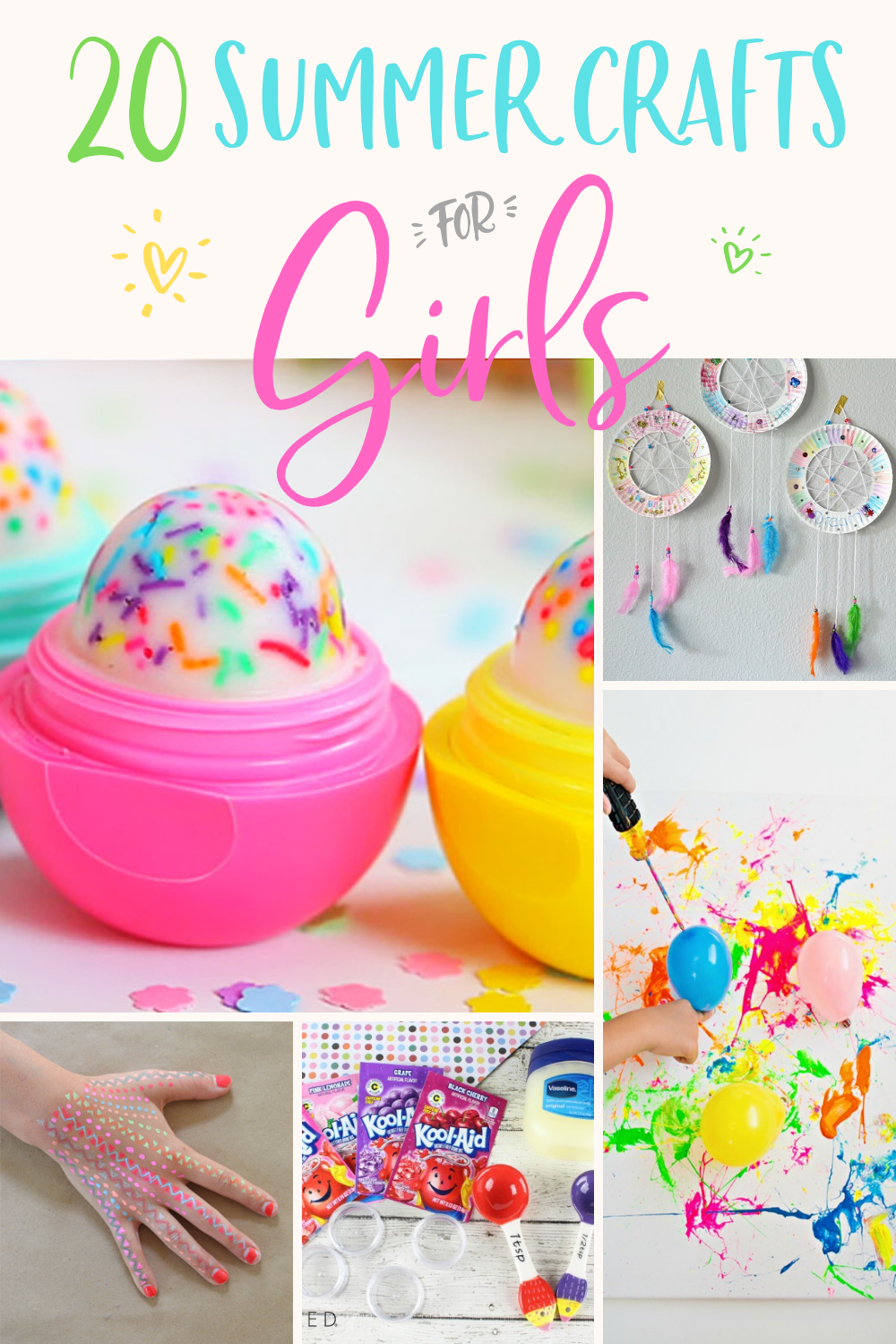DIY Pop It: Step-by-Step Guide to Creating Your Own Fidget Toy at Home
Introduction to DIY Pop It Fidget Toys
Pop It fidget toys have become a popular way to manage stress, improve focus, and provide sensory satisfaction for both children and adults. While store-bought versions are widely available, making your own Pop It at home offers a fun, creative, and budget-friendly alternative. This comprehensive guide walks you through various methods, materials, and tips for building a personalized Pop It, while also discussing common challenges and solutions.
Understanding How Pop Its Work
Pop Its are tactile fidget toys designed with bubbles that can be pressed and popped, mimicking the sensation of popping bubble wrap but with the advantage of reusability. The key to their therapeutic effect lies in the repetitive popping motion and the soft tactile feedback, which can help reduce anxiety and enhance concentration. DIY versions can be crafted from household items, allowing full customization of shape, color, and size to suit your preferences.
Essential Materials for a DIY Pop It
There are multiple approaches to making a Pop It at home, each requiring a set of basic materials. The most common supplies include:
- Foam craft sheets or thick paper
- Cardboard (for structure and support)
- Small round objects (like marbles or bouncy balls) for molding bubbles
- Washy tape or masking tape
- Glue (hot glue or craft glue)
- Scissors
- Optional: Hair straightener (for shaping foam), acrylic paint, glitter foam, markers for decoration
These materials are widely available at craft stores or online marketplaces. If you wish to explore alternative options, such as using balloons or silicone molds, ensure you have the proper supplies on hand.
Step-by-Step Instructions: Making a Foam and Cardboard Pop It
One of the most effective DIY methods uses foam sheets and cardboard to replicate the popping sensation of commercial Pop Its. Here’s how you can create your own:
1. Prepare the Bubble Molds
Begin by cutting foam sheets into pieces just large enough to form bubbles over your chosen round object (like a marble or bouncy ball). The foam should be slightly larger than the ball to allow for a raised bubble effect. Warm the foam using a hair straightener for a few seconds; this makes it pliable and easier to shape. Place the foam over the ball, then use washy tape as a frame to press down and mold the bubble. Carefully cut around the bubble, leaving a small border for glue.
2. Create the Frame
Cut two pieces of cardboard to your desired Pop It shape and size. Use the inside of the washy tape or a small round lid to trace circles onto one piece, then cut these out to make holes for your bubbles. Trace the same pattern onto the second piece for a uniform look. If you want a particular shape (like a heart or star), sketch and cut this outline from the cardboard before cutting the circles.
3. Assemble the Pop It
Glue the foam bubbles into the holes of your cardboard frame. Make sure each bubble sits securely and pops in and out smoothly. Next, glue the second piece of cardboard or foam sheet behind the frame to hold the bubbles in place. For added durability, reinforce the edges with tape or extra glue. Decorate your finished Pop It with paint, stickers, or glitter foam for a personalized touch. For detailed visual instructions, you can watch video tutorials on verified channels like Tonni Art and Craft’s DIY Pop It Fidgets [2] .
Alternative Approaches: Paper, Balloons, and More
If you don’t have foam sheets or prefer a different method, consider these alternatives:

Source: pond5.com
Paper Pop Its
Paper-based Pop Its are easy and accessible. Cut paper into squares (typically 10×10 cm), then fold and tape to form bubble-like shapes. These may not be as durable as foam versions but can still provide a satisfying popping effect. You can find step-by-step guides for paper Pop Its at FindMyKids [1] .
Balloon Stress Pop Its
Another creative option involves using balloons and modeling clay to create stress balls that mimic the feel of a Pop It. Fill a balloon with modeling clay, tie it off, and decorate the outer surface with markers or paint. Cut holes in a cardboard shape and insert the balloon into the holes for popping and squeezing. This method is especially popular in miniature or themed versions, as seen on YouTube [3] .
Decorating and Customizing Your Pop It
Customization is one of the most enjoyable aspects of DIY Pop Its. Choose foam in bright colors, add glitter or stickers, or use markers to create unique patterns. You can also experiment with different shapes-hearts, stars, fruit, or even animals. To protect your design, consider applying a clear sealant or glaze. For inspiration, browse popular craft tutorials on platforms like TikTok [5] .
Common Challenges and Solutions
While making a DIY Pop It is straightforward, you may encounter some issues:

Source: youtube.com
-
Bubbles won’t pop smoothly:
Ensure the foam is pliable by warming it before shaping. If using paper, avoid over-taping the bubbles so they remain flexible. -
Frame not sturdy:
Use thicker cardboard or double layers for added support. -
Bubbles detach:
Secure with strong glue and allow ample drying time before use.
If difficulties persist, consider watching additional tutorials for troubleshooting tips or experiment with alternative materials.
Exploring Sensory Benefits and Real-World Uses
DIY Pop Its are more than just toys-they serve as effective sensory tools for stress relief, focus, and fine motor skill development. Parents, educators, and therapists often incorporate Pop Its into routines for children with sensory processing needs. Real-world examples include classroom fidget stations and occupational therapy kits. By creating your own, you can tailor the Pop It to specific needs, preferences, or thematic activities.
Alternative Fidget Toy Ideas
If you enjoy DIY projects, consider expanding your collection with other homemade fidget toys. Options include:
- Homemade stress balls using balloons and flour or rice
- Paper fortune tellers for interactive play
- Foam or cardboard spinners and sliders
There is a wealth of tutorials and inspiration available from verified craft sites and YouTube channels. Search for terms like “DIY fidget toys” or “homemade sensory crafts” to access a wide variety of options and ideas.
Conclusion: Enjoy Your Custom Pop It Creation
Making a DIY Pop It is a rewarding experience that enhances creativity, provides stress relief, and offers hours of tactile fun. With multiple materials and methods available, anyone can craft a personalized fidget toy at home. Remember to follow safety guidelines when using tools or hot glue, and encourage children to experiment with designs and decorations. If you need further support or ideas, explore verified craft content on sites like FindMyKids or YouTube for up-to-date tutorials and community inspiration.
References
- [1] FindMyKids (2025). How to Make a Pop It: DIY Ideas for Kids.
- [2] Tonni Art and Craft (2021). DIY POP ITS – super easy FIDGETS!
- [3] Creative DIY (2021). DIY Miniature POP IT Fidget Toys – Viral TikTok Anti-Stress …
- [5] Fidget Crafty (2022). DIY Pop It Craft Tutorial: How to Make a Homemade Fidget …


